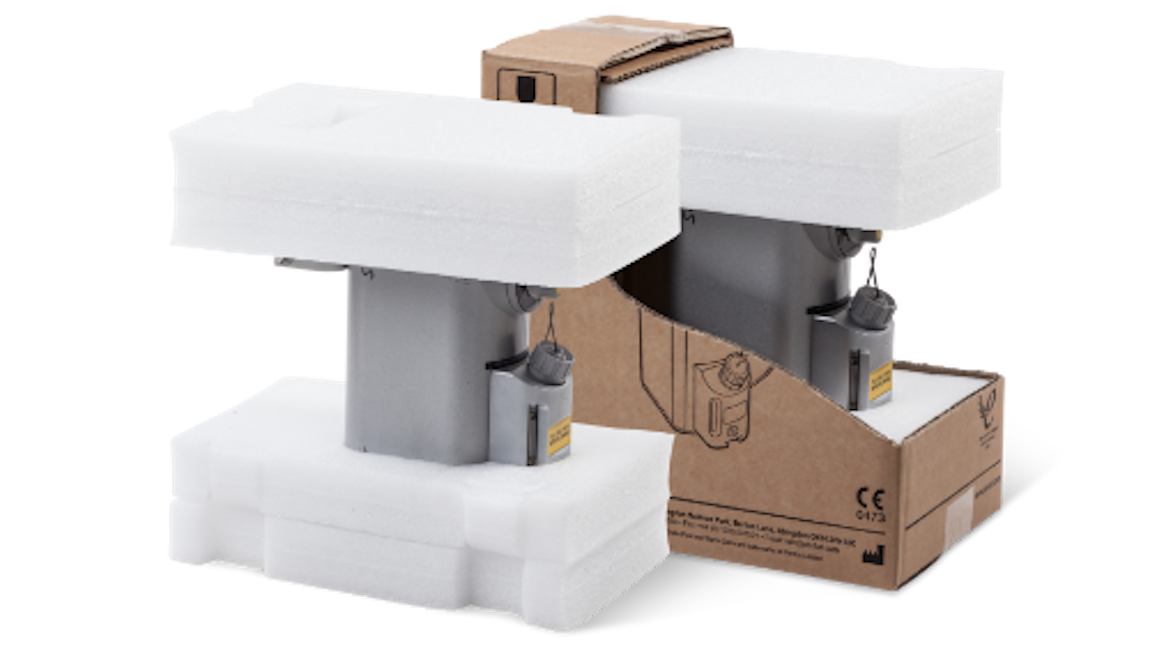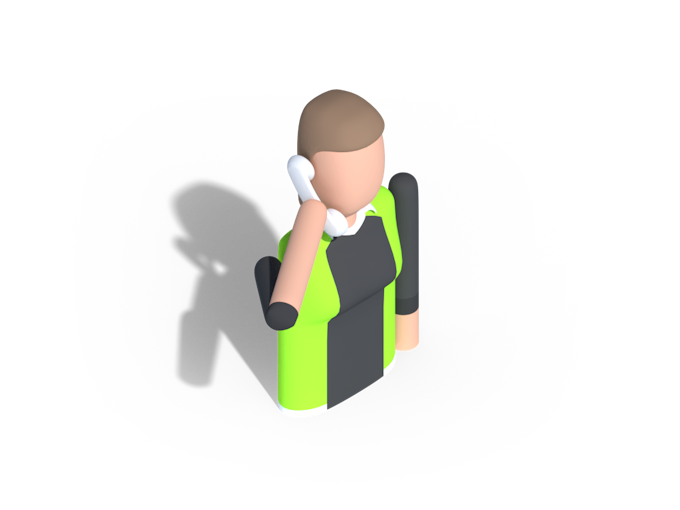Unfortunately, protective packaging goes far beyond the selection of a sturdy cardboard box. From custom packaging inserts, through to void fill and corner protection, there’s a lot more to think about than you might’ve first imagined.
With that said, here are four of the most common protective packaging mistakes and how you can avoid them.
Mistake 1: Overpacking
Overpacking can be just as problematic as under packing. When you use packaging that is too large or bulky for the product being shipped, it can lead to increased material wastage, as well as shipping costs.
Excessive packaging materials often don’t add much value to the protection of your products. They’re essentially a waste in resources, money, and time, that ultimately hinder your brand reputation – especially in the eyes of eco-conscious consumers.
Solution: Ensure that every component of your protective packaging solution serves a functional or aesthetic purpose. Make sure that the packaging you choose is appropriately sized for the product being shipped and that there is no more than an adequate level of cushioning. If you’re struggling to find packaging that fits, bespoke packaging can help prevent overpacking with an optimised solution that meets your needs.


